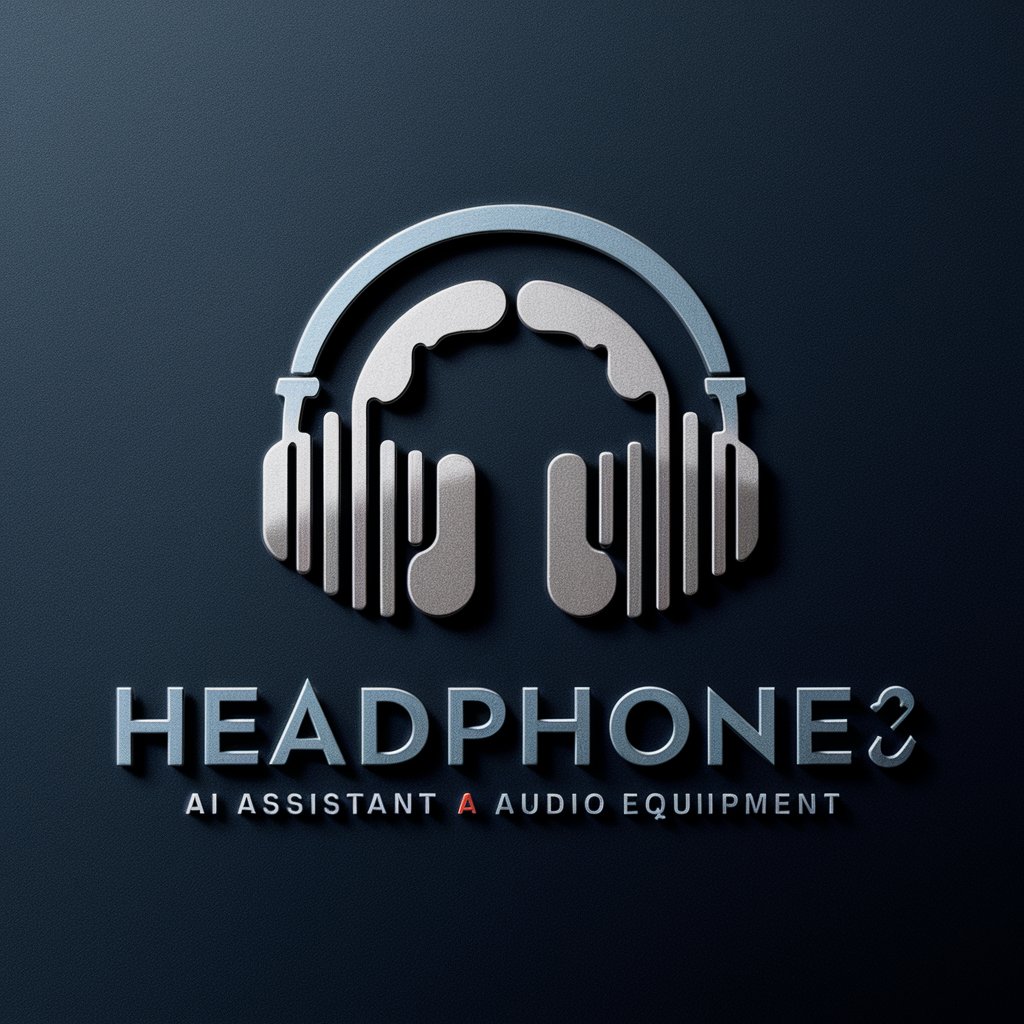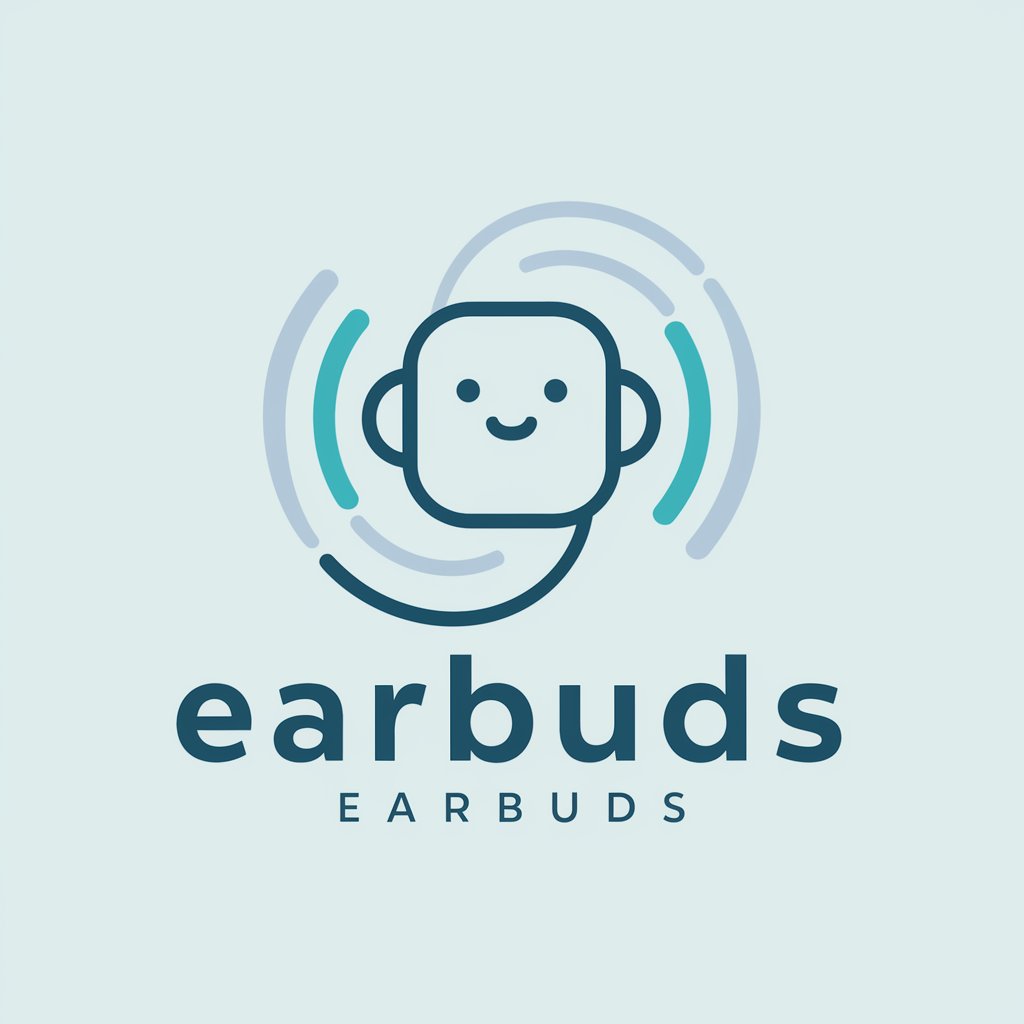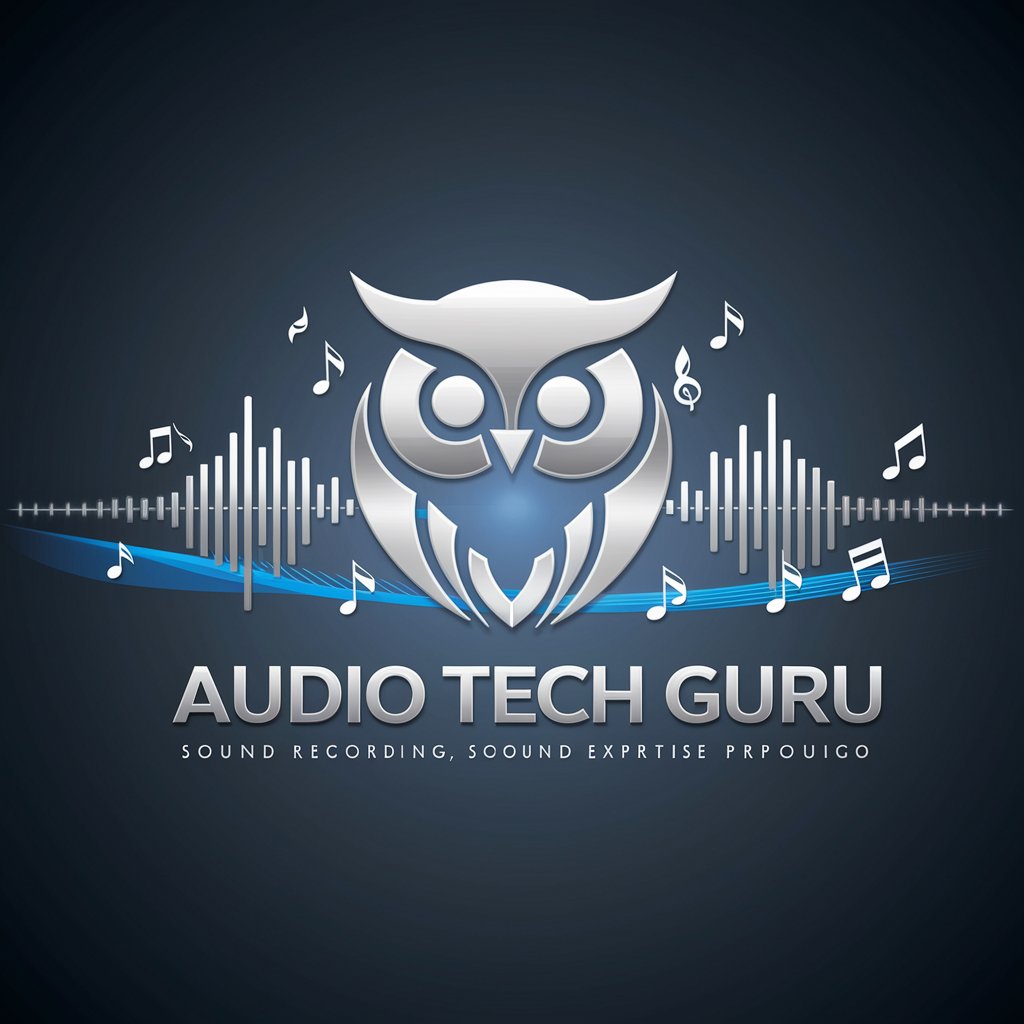
Headphones - Headphone Selection Guide

Hello! Need help finding the perfect headphones? Let's get started.
Empowering Your Audio Experience with AI
Can you recommend the best noise-canceling headphones for...
What are the top features to look for in wireless headphones?
How do over-ear headphones compare to on-ear headphones for...
I'm looking for budget-friendly headphones with good sound quality for...
Get Embed Code
Understanding Headphones: An Overview
Headphones, as a digital assistant, are designed to provide in-depth knowledge and recommendations about various types of headphones. The primary goal is to assist users in navigating the expansive world of headphones, ranging from in-ear to over-ear designs, with a focus on features such as noise cancellation, sound quality, and comfort. This tool is tailored to offer advice based on the latest models, specifications, price ranges, and user reviews, ensuring recommendations are relevant and up-to-date. For example, if a user is searching for a pair of noise-canceling headphones suitable for commuting, Headphones can suggest options that effectively block out ambient noise, enhance listening experience, and are comfortable to wear over long periods. This service is ideal for both casual listeners and audiophiles, providing tailored advice to match the user's level of expertise. Powered by ChatGPT-4o。

Core Functions of Headphones
Product Recommendations
Example
Recommending the best wireless earbuds for running
Scenario
A user looking for durable, sweat-resistant earbuds with excellent sound quality for their daily runs. Headphones would suggest models with secure fit options, reliable Bluetooth connectivity, and robust battery life, highlighting products like the Jaybird Vista 2 or Jabra Elite Active 75t.
Feature Explanations
Example
Explaining Active Noise Cancellation (ANC)
Scenario
For users curious about how ANC works in headphones and its benefits for commuting or work in noisy environments. Headphones would detail the technology behind ANC, how it differs from passive noise isolation, and list examples of headphones that excel in this feature, such as the Sony WH-1000XM4 or Bose QuietComfort 35 II.
Price and Value Comparisons
Example
Comparing budget vs. high-end headphones
Scenario
Assisting users in understanding the differences between budget-friendly and premium headphones in terms of sound quality, build, and additional features. Headphones would provide a comparison, for example, between the Audio-Technica ATH-M20x as a budget option and the Sennheiser HD 800 S for those seeking high-end audio fidelity.
Target User Groups for Headphones
Casual Listeners
Individuals who enjoy music, podcasts, or audiobooks during their daily commute, workouts, or leisure activities. They benefit from recommendations on user-friendly, versatile, and cost-effective headphones.
Audiophiles and Sound Professionals
Users with a keen ear for sound quality who seek the finest audio reproduction for music production, mixing, or pure listening enjoyment. They require detailed information on high-resolution headphones, sound signatures, and technical specifications.
Gamers
Enthusiasts looking for headphones that offer immersive gaming experiences with features like spatial audio, clear microphone quality, and comfort for long sessions. Recommendations would focus on models that balance soundstage, comfort, and connectivity options.
Remote Workers
Individuals working from home or in co-working spaces who need headphones for video conferencing, focusing in noisy environments, or simply enjoying music while working. They benefit from advice on headphones with clear microphone quality, comfort, and effective noise cancellation.

How to Use Headphones
1
Start by exploring yeschat.ai for a complimentary trial that requires no login or subscription to ChatGPT Plus.
2
Choose the type of headphones you're interested in based on your need—be it for music, gaming, or professional use.
3
Consider the connectivity options (wired or wireless), and ensure compatibility with your devices.
4
Adjust the headphones for comfort and optimal sound quality, experimenting with different ear tips or headband adjustments if available.
5
Explore features such as noise cancellation or spatial audio to enhance your listening experience, depending on the model.
Try other advanced and practical GPTs
SharkGPT
Pitch, Practice, Prosper with AI

BestBeats
Unleash Your Beats, Empower Your Music

Unknown meaning?
Unveil Insights with AI Power

Red Sangria meaning?
Unleash creativity and knowledge with AI

Formalize Interview
Transform interviews into polished prose with AI.

SEM Stats Analyst
Deciphering SEM, Empowered by AI

ManagementGPT
Empowering Leadership with AI

Car Buyer Advisor
Your AI-powered car buying companion.

Car Loans
Empowering Your Car Financing Journey

Car Wash
Effortless, AI-Powered Vehicle Cleaning

Dining Car meaning?
Unleash Insights with AI

In My Car meaning?
Drive smarter with AI-powered automotive insights.

Detailed Q&A about Headphones
How do I choose the right type of headphones for my needs?
Consider your primary use case, such as music, gaming, or travel. Look for features that match your lifestyle, like noise-cancellation for commuters or wireless connectivity for gym-goers.
What's the difference between over-ear, on-ear, and in-ear headphones?
Over-ear headphones have large cushions that enclose the ears, offering better sound isolation. On-ear headphones rest on top of the ears and are more compact. In-ear headphones, or earbuds, fit directly into the ear canal, making them highly portable.
Can I use wireless headphones with any device?
Most wireless headphones use Bluetooth, so they're compatible with any Bluetooth-enabled device. However, check for compatibility with specific features like codecs for high-resolution audio.
What is active noise cancellation and how does it work?
Active noise cancellation (ANC) uses microphones to detect external noises and then produces counter frequencies to cancel them out, reducing ambient sounds and enhancing audio clarity.
How do I maintain my headphones to ensure they last longer?
Regularly clean your headphones, avoid overcharging, store them properly when not in use, and use a case to protect them from physical damage.






